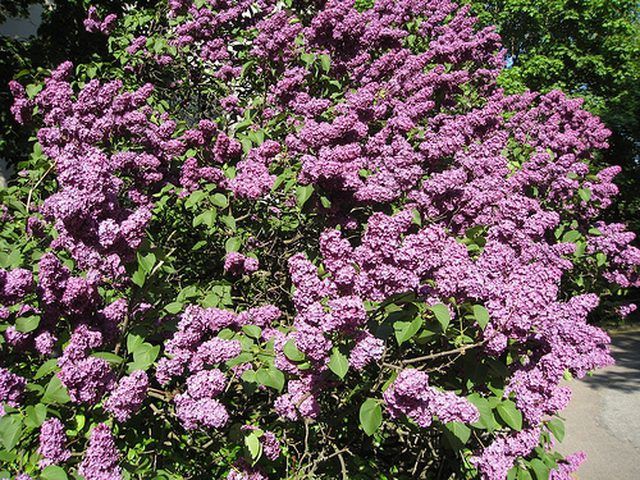Bulbs
Flower Basics
Flower Beds & Specialty Gardens
Flower Garden
Garden Furniture
Garden Gnomes
Garden Seeds
Garden Sheds
Garden Statues
Garden Tools & Supplies
Gardening Basics
Green & Organic
Groundcovers & Vines
Growing Annuals
Growing Basil
Growing Beans
Growing Berries
Growing Blueberries
Growing Cactus
Growing Corn
Growing Cotton
Growing Edibles
Growing Flowers
Growing Garlic
Growing Grapes
Growing Grass
Growing Herbs
Growing Jasmine
Growing Mint
Growing Mushrooms
Orchids
Growing Peanuts
Growing Perennials
Growing Plants
Growing Rosemary
Growing Roses
Growing Strawberries
Growing Sunflowers
Growing Thyme
Growing Tomatoes
Growing Tulips
Growing Vegetables
Herb Basics
Herb Garden
Indoor Growing
Landscaping Basics
Landscaping Patios
Landscaping Plants
Landscaping Shrubs
Landscaping Trees
Landscaping Walks & Pathways
Lawn Basics
Lawn Maintenance
Lawn Mowers
Lawn Ornaments
Lawn Planting
Lawn Tools
Outdoor Growing
Overall Landscape Planning
Pests, Weeds & Problems
Plant Basics
Rock Garden
Rose Garden
Shrubs
Soil
Specialty Gardens
Trees
Vegetable Garden
Yard Maintenance
How to Care for Lilac Bushes
How to Care for Lilac Bushes. Lilac is a genus of flowering shrubs consisting of 25 species native to Asia and Europe. They can grow up to 30 feet in height, though most only reach about 10 feet. They produce large clusters made up of numerous, tiny flowers between 5 and 10 millimeters in diameter. The flowers typically produce a strong fragrance,...

Lilac is a genus of flowering shrubs consisting of 25 species native to Asia and Europe. They can grow up to 30 feet in height, though most only reach about 10 feet. They produce large clusters made up of numerous, tiny flowers between 5 and 10 millimeters in diameter. The flowers typically produce a strong fragrance, and are purple, yellow or pink in color. Lilac bushes are easy to care for and require only occasional maintenance once established.
Things You'll Need
Dolomitic limestone
Mulch
Fertilizer
Pruning shears
Plant lilac bushes in full sun during the spring. Ensure the location receives good air circulation and is not blocked from the wind, or fungal infestations can occur. Combine dolomitic limestone with the soil prior to planting to raise the pH level. Refer to the manufacturer's instructions for proper dosage.
Water lilac bushes for four to five minutes three times a week during the first week. Reduce watering to twice a week during the second week and once a week from the third week until the plant is well established. Water moderately once per week after the plant is established, and only on weeks that receive no rainfall.
Spread 2 inches of mulch over the ground around lilac bushes. This will insulate the soil, conserve moisture and provide extra nutrients for the plant. Refresh the layer of mulch when it becomes visibly deteriorated. Shredded cedar mulch is recommended, as it is also a mild pest repellent.
Feed lilac bushes once per year beginning in spring of the second year of growth. Use ? cup of slow release fertilizer for every 10 square feet of soil around the lilac bush. Do not allow the fertilizer to touch the base of the plant, or the nitrogen will cause burns.
Prune back overgrown lilac bushes in late winter just before new growth begins in spring. Use pruning shears to cut the plant back as far as desired, but extensive pruning may result in no blooms the following season. For the best results, prune only unruly or damaged branches.
Tips & Warnings
Dolomitic limestone can be purchased at well-stocked lawn and garden retail stores.
Select a disease-resistant cultivar of lilac to avoid dealing with powdery mildew and other ailments.